An unusual Corps name: the Almeric Paget Massage Corps
- Home
- World War I Articles
- An unusual Corps name: the Almeric Paget Massage Corps
Perhaps one of the more unusual Corps that served in WW1 is that of the Almeric Paget Massage Corps. By December 1916, the name of the Corps had been expanded to the Almeric Paget Military Massage Corps. It was essentially a forerunner of physiotherapy services for wounded servicemen.
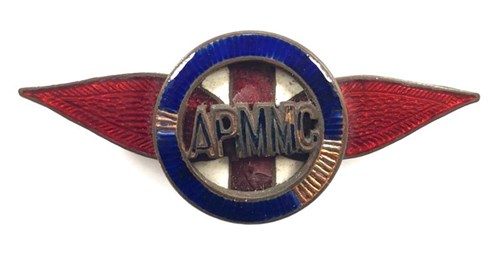
Above: the badge of the Almeric Paget Military Massage Corps
The founder of the Corps was Almeric Hugh Paget. He was born in London in 1861, the sixth son of Lord Alfred Paget and Cecilia Wyndham. In 1881, he emigrated to USA where he established a cattle ranch and later worked in real estate. In November 1895, he married Pauline Payne Whitney, the daughter of William Collins Whitney, a financier and a political leader, and his wife Flora Payne Whitney. The wedding in November 1895 had been a major social event, attended by President Grover Cleveland.
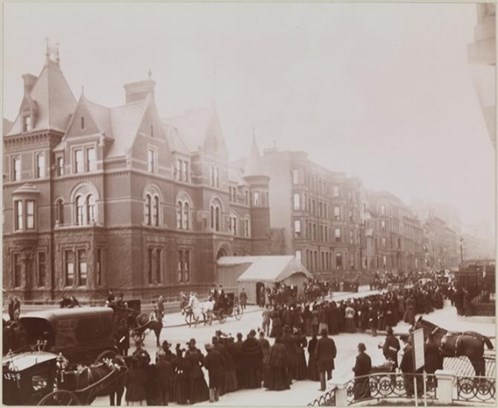
Above: crowds gathered outside the Whitney home to catch a glimpse of the bride. Photo – schoolfieldcountryhouse.com
In 1910, Almeric Paget was elected as the Member of Parliament for Cambridge, a position he held until his resignation in 1917.
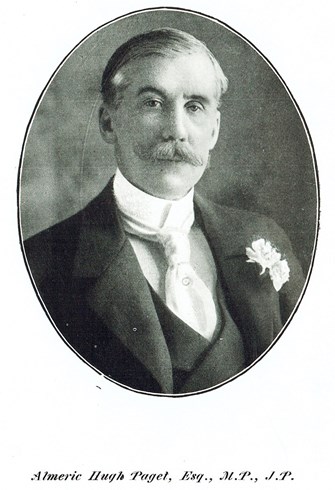
Above: Almeric Hugh Paget, pictured c.1911. Wikipedia
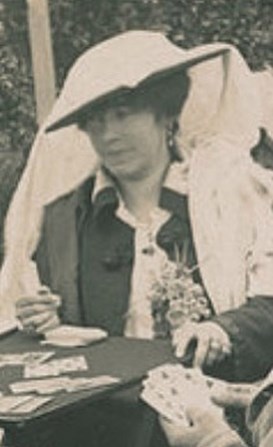
Above: Almeric Paget’s wife Pauline Payne Whitney Paget. Photo –househistree.com
Within only two weeks of the commencement of the war, the London Evening Standard reported that a Massage Corps instituted by Mr and Mrs Almeric Paget had been recognised by the War Office and the Red Cross Society.
The Paget family initially funded 50 fully trained masseuses to be sited in the principal Military Hospitals in the UK, beginning in early September 1914. The daughter of Sir John French’s marriage to Eleanora Selby-Lowndes, Miss Essex French, acted as organiser and Hon. Secretary and was herself a trained masseuse. On 9 October 1914, the Daily News recounted that she would spend 2 hours per day at Charing Cross Hospital providing massage to wounded soldiers.
The service was such a success that the staff numbers were quickly increased to over 100, with increased funding from the Paget family. From November 1914, a Massage and Electrical Outpatient Clinic operated from 55 Portland Place, again financed by the Paget family.
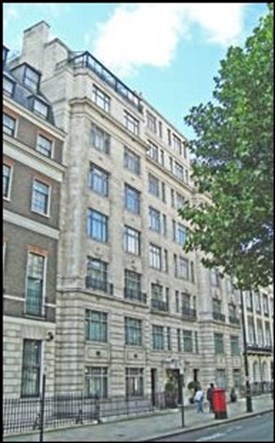
Above: the property at 55 Portland Place. The clinic later moved to Cambridge Gate. Throughout the war an average of 200 patients per day benefited from the services of the clinic. Photo - ezitis.myzen.co.uk
The Daily Sketch drew attention to the role of massage in a picture published in December 1914.
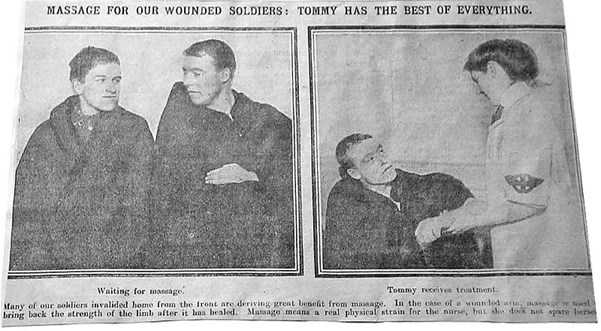
Above: from the Daily Sketch on 5 December 1914
Recruitment to the Corps required that Corps members had to have the certificate of training issued by the forerunner of the Chartered Society of Physiotherapists, the Incorporated Society of Trained Masseuses (ISTM), and the society’s council encouraged its members to join the Massage Corps. Two of the new corps’ executive of three were ISTM members, including Essex French.
In the early stages of the Corps, many of the those recruited worked as volunteers, with an allowance given for the uniform but payment of £2 per week, funded by the Pagets, was made in some instances. The uniform of the Corps was described as - a navy blue jacket with patch pockets, 6 inches long and 8.5 inches wide, fastened with dark blue leather or imitation leather buttons; the hem of the navy blue skirt had to be 6 inches from the ground.
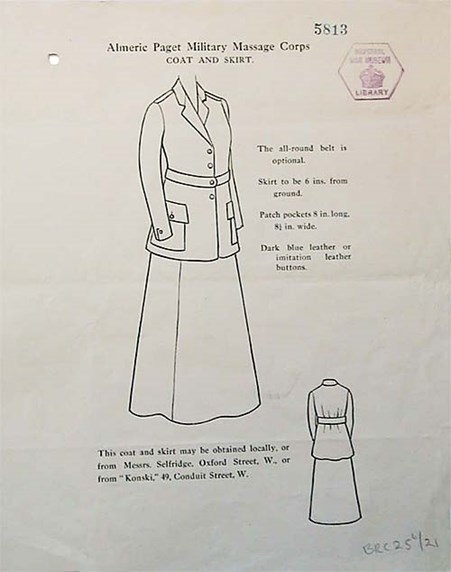
Above: uniform of the Corps. Photo – TNA
In March 1915, Sir Alfred Keogh, the Director-General of the Army Medical Service, inspected the clinic at Portland Place and the service subsequently became the model for all the massage and electrical departments in convalescent hospitals and command depots throughout the UK.
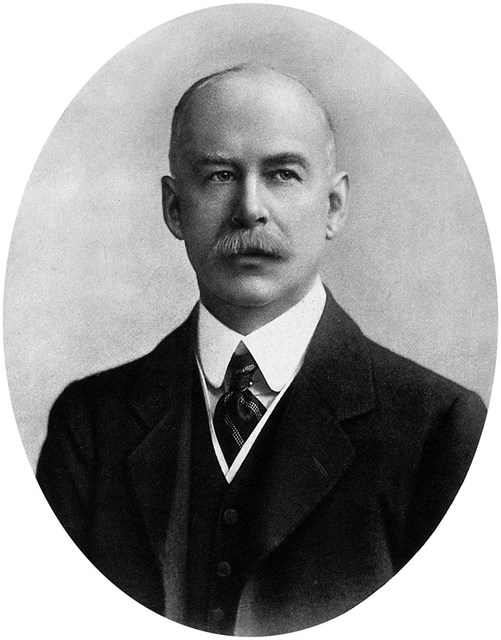
Above: Sir Alfred Keogh. Photogravure after Mesurier & Marshall CC BY SA 4.0
By the summer of 1915, around 150 masseuses were working for the Corps in 110 military hospitals and institutions The first grant funded massage unit in a convalescent camp was at Eastbourne. Further units followed in Dartford in June 1915 and Epsom in July 1915.
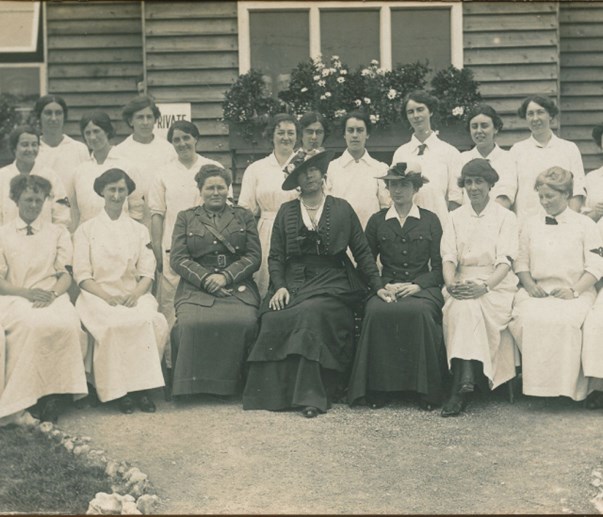
Above: Pauline Payne Paget pictured at Summerdown Camp, Eastbourne. Photo – eastsussexww1.org.uk
In November 1915, there were several reports in British newspapers about the work of the Corps to encourage further recruitment. A short article in the London Evening Standard on 22 November 1915 drew attention to the work of the Corps with the War Office stating:
“…no woman can hope to do more valuable work on behalf of the wounded soldier than a masseuse attached to that corps and it is sincerely hoped that a sufficient number of recruits will be forthcoming to cope with future developments”.
By this point, there were over 700 masseuses working in military hospitals and the main convalescent camps. Some newspapers went into more detail about the work of the Corps:
“At an Almeric Paget institute in a convalescent camp, the work is almost visibly curative. A man may come in on crutches and walk out unsupported within a few days. A considerable number of treatments can be administered simultaneously, and every patient is having something done to him. It might be a score of operating theatres rolled into one, but without anaesthetics and practically without pain. Some of the men are partially buried beneath big mounds. These are being submitted to radiant heat, and the mounds are ‘ovens’. From several parts of the room comes buzzing of vibrators and batteries and here massage is being applied. Skilled hands move deftly, firmly and apparently tirelessly. Watching this varied and buzzing activity a sergeant was moved to observe ‘If Kaiser Bill saw it he would say the British Army is being tortured to make it go to the front’”.
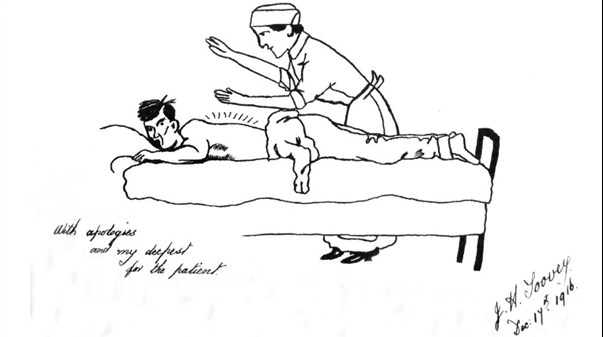
Above: an entry in an autograph book owned by one of the Corps’ masseuses. Photo – Glenside Museum.
During 1916, the Corps continued to increase the number of masseuses – by January 1917, 1,200 were employed. But in November 1916, the death of Pauline Payne Paget occurred, following an illness. A group of wounded soldiers acted as the pall bearers at her funeral, in recognition of her services during the war.
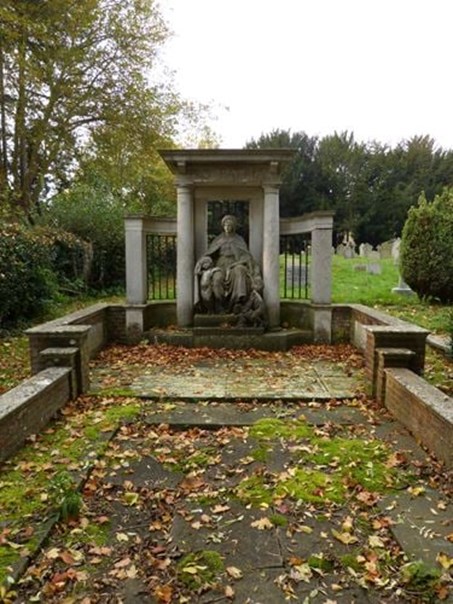
Above: the memorial to Pauline Payne Paget in St Mary’s Churchyard, Hertford. Photo – Historic England
In December 1916, the Corps was re-designated the Almeric Paget Military Massage Corps. From January 1917, masseuses of the Corps could serve abroad – 56 would do so. By the end of the war there were 2,000 masseuses in the Corps.
In 1918, Hon. Essex French was awarded the OBE, with Almeric Paget elevated to the peerage as Baron Queenborough.
In 1919, the title of the Corps was changed to the Military Massage Corps.
Article by Jill Stewart
Hon. Sec. The Western Front Association





